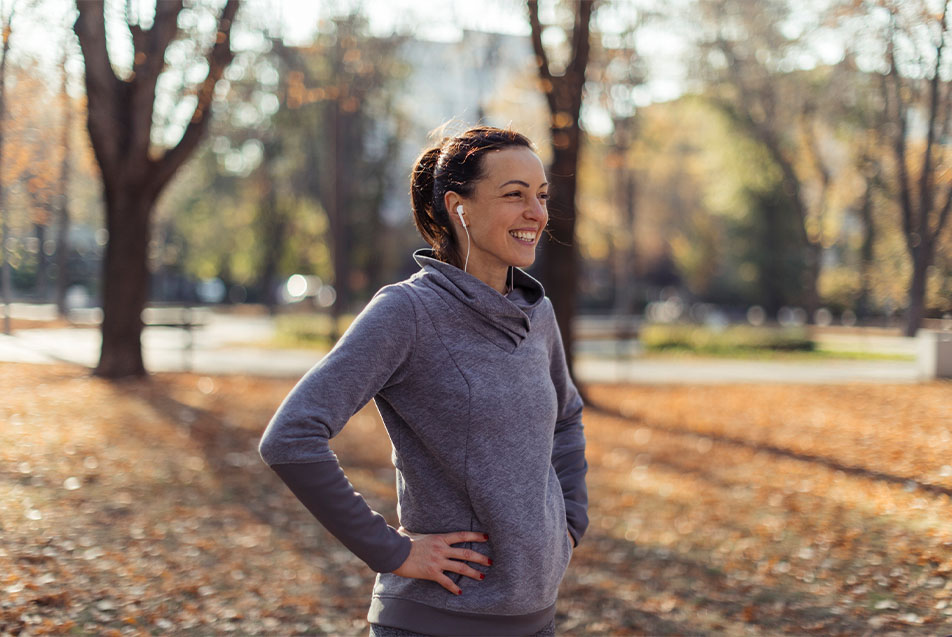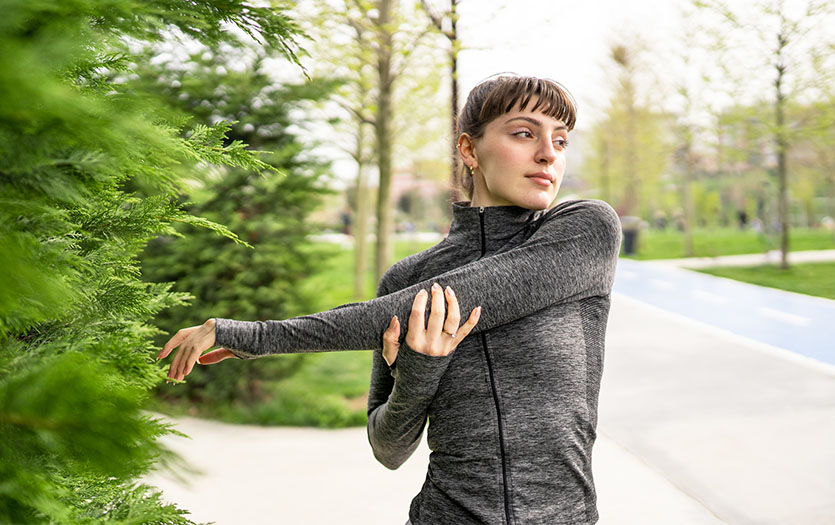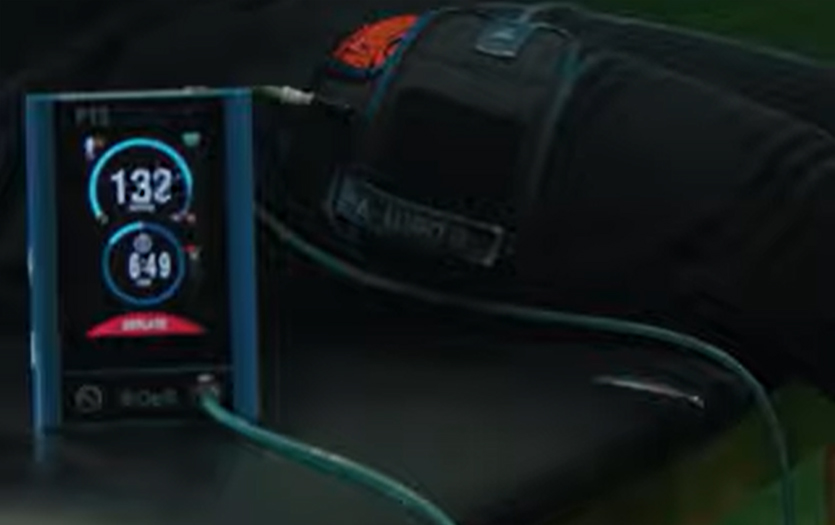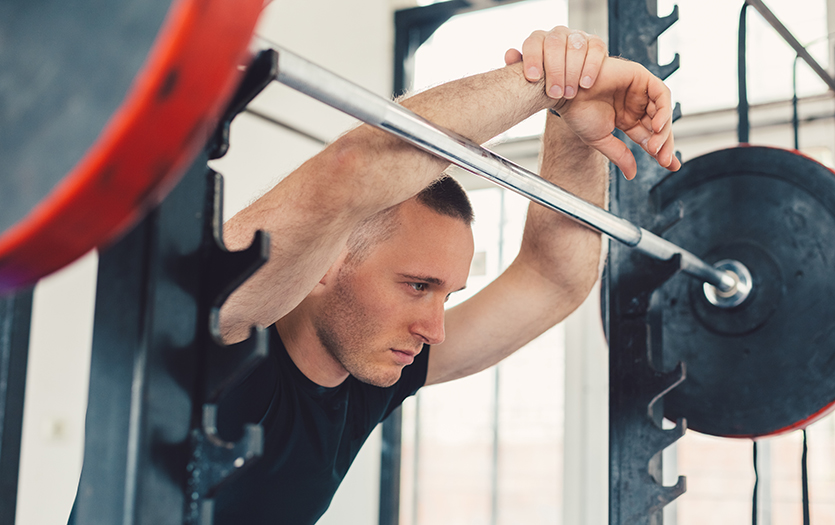
This post was written by Morgan Clarke, MBA, LAT, ATC, athletic trainer, Parkview Sports Medicine.
As the weather changes from gloriously warm summer days to those of a Midwestern fall, multiple traditions come to mind. Football games and tailgating, enjoying the last of autumn’s outdoor activities and large pots of the best chili you can find.
If you’re an active individual, especially a runner or someone who likes to exercise outdoors, you might welcome the cooler temperatures. During this transition period, you have to be sure that you’re dressed and hydrated properly for fall runs or outdoor workouts. While it might be easy to assume that you’ll warm up as you go, it’s vital that you’re prepared to take on the temperature, especially in our sporadic Indiana climate.
What to wear
Especially for people who are sensitive to cold weather, layering for activity is a must. Layered clothes should include:
- a moisture-wicking base to pull sweat away from the body
- an insulated or thermal mid layer to trap body heat and maintain your internal body temperature
- a lighter outside layer to cut down on a strong, chilling breeze
Don’t forget your hat, gloves and extra pairs of socks to minimize the amount of heat being released from your body.
After you begin activity, your body starts warming up and you can remove layers as needed. You will begin to sweat, so remember, it’s important to change wet and/or sweaty clothes often to decrease the likelihood of getting too cold or even sick.
Hydration
Just because it’s cold outside doesn’t mean you need less water. Hydration is still a huge factor in the fall because it helps our body regulate temperature and function properly. The water you drink will be helpful in continuing sweat production and maintaining balanced nutrient levels in the blood and muscles, ultimately allowing you to perform at your best!
What if you get cold?
So, you weren’t quite as prepared as you thought and your fingers and toes are really starting to bother you. How do you know what kind of cold injury is taking place?
Chilblains are a non-freezing injury that happens when a body part is cold and wet just a little too long. You might have some mild pain, itching, swelling or red bumps. If this occurs, the best things to do are remove wet clothing and replace with loose, dry, warm clothing and avoid any high levels of heat.
Frostbite is a cold injury where there is actual freezing of body tissue due to a cold, dry environment. Frostbite is made worse with sweat or water that freezes on the skin. In this case, gently and slowly rewarm the tissue in lukewarm running water. This can take 30 minutes and is often a little uncomfortable.
Hypothermia occurs when the core body temperature dips below 95 degrees. Signs of hypothermia include shivering, lethargy, skill impairment, decreased vital signs and mental function and/or unconsciousness. If you or someone you know are showing signs of hypothermia, remove wet, cold clothes and insulate the core of the body as well as the head. Avoid reheating arms and legs first so the cold blood doesn’t move closer to the heart, and encourage ingestion of warm foods and liquids.
Source



